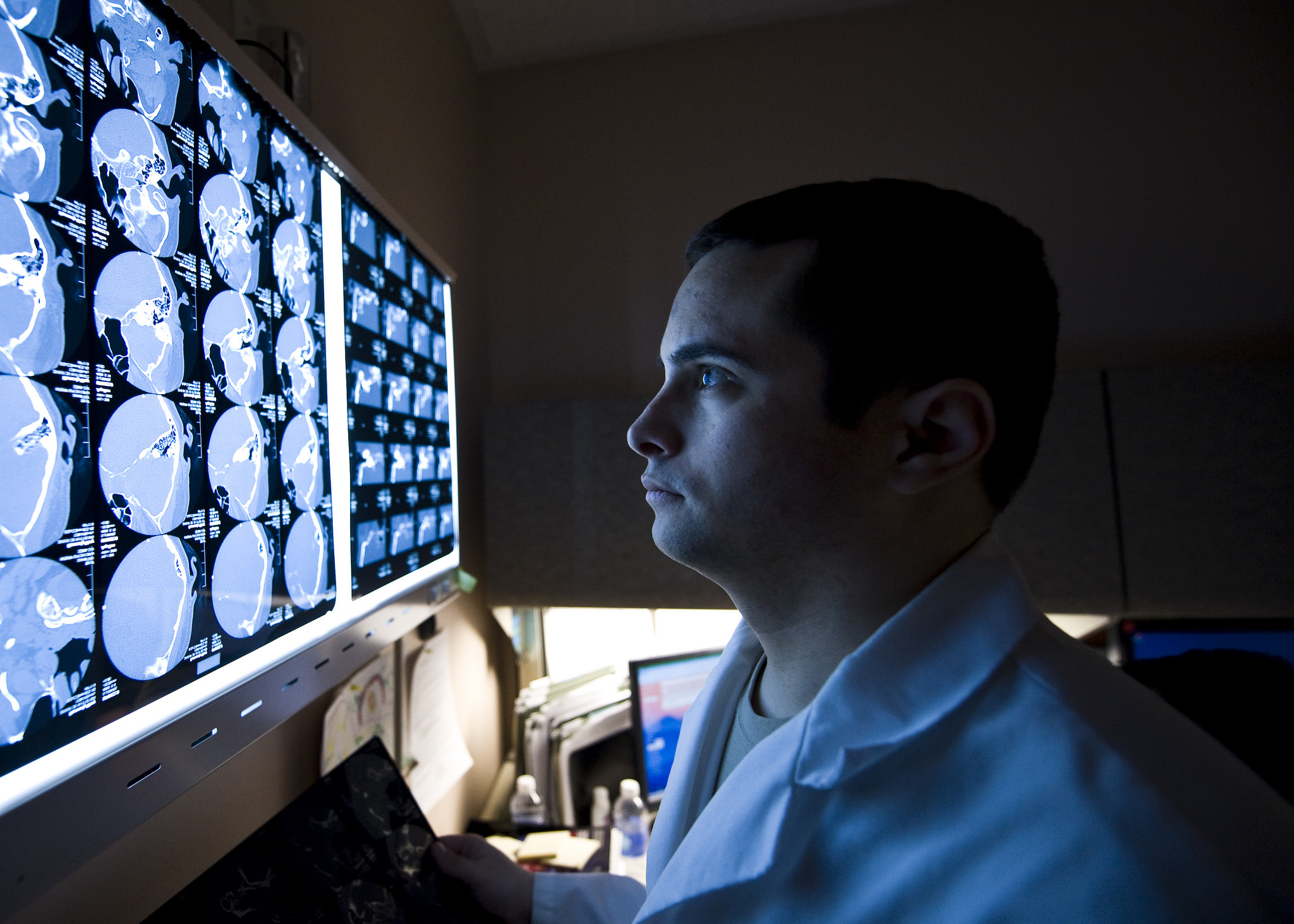
Is it possible for a brain scan to tell whether a criminal committed a crime knowingly or unknowingly?
Brain scan technology has come a long way since the first ever CAT scans in the early 1960s. These days they can certainly give us a lot of useful scientific information. But I’m still not sure it would be completely ethical to use them in a legal trial.
A recent neuroscience study containing 40 participants at Virginia Polytechnic Institute and State University investigated whether neuroimages based on brain activity show a difference between reckless behavior and actively criminal behavior. Half of the participants were given a suitcase containing contraband items and asked to carry it through a simulated security checkpoint, while others were given five suitcases and told that only one of them contained contraband items. They were then asked to choose a suitcase at random and carry it through the security checkpoint.
The results of the study showed that researchers could accurately predict whether a participant had consciously engaged in slightly reckless behavior such as carrying a suitcase with a small probability of containing contraband, or in actively criminal behavior by carrying a suitcase which they knew definitely contained contraband.
There were several significant differences between the scans of each group. For example, a part of the brain called the anterior insula, which is believed to play a role in perception, showed a lot more activity when the participant knew for sure they were breaking the law.
The researchers hope that after more investigation and refining their techniques, this idea could someday be used in a court of law to determine the intentions of a suspect. This is important because a defendant who made the knowing decision to commit a crime, such as smuggling drugs on an airplane, may receive a long prison sentence, while a defendant who unknowingly smuggled drugs that somebody else smuggled into their bag may receive a less severe sentence.
However, although the majority of scans followed this pattern, there were a small number of false positives in the study — where the brain activity appeared to show criminal intent, but in fact, the participant had been in the reckless group and were unsure if the suitcase contained contraband.
In the case of a criminal trial, guilt needs to be proven beyond reasonable doubt, and currently, there’s still a significant amount of doubt. In a study of just 40 people, even one false positive equates to 2.5 percent error.
Of course, the researchers acknowledge that further studies with larger, more diverse groups of participants are required before this even comes close to being common practice. But even if the technique was refined, I don’t think that brain scans alone should ever be acceptable evidence in a court of law — certainly not when it comes to establishing guilt.
In criminal law, Blackstone’s formulation states that “it is better to let 10 guilty persons escape than that one innocent suffer” and be put away for their crimes. I think that definitely applies here. A brain scan providing evidence that a defendant committed a crime recklessly rather than intentionally could possibly be used to prove a person’s innocence, but only once this research has been more widely tested and accepted.
And perhaps if there was already evidence to suggest that a person was knowingly guilty, a brain scan could be admitted as supplementary evidence to further make that point. But I think the justice system would be making a mistake if it ever allowed one brain scan to be used as the sole indicator of a person’s guilt.

